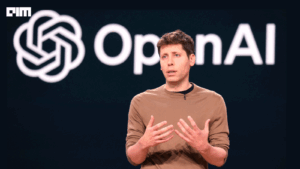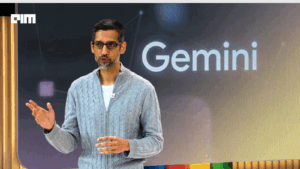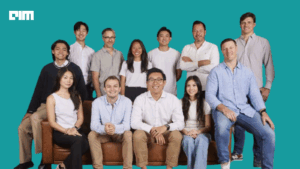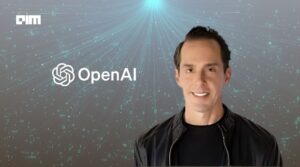“Where is the product?”
This is the general public sentiment around Thinking Machines Lab: one of the most generously funded AI companies ever to launch.
The company, founded in February 2025 by former OpenAI CTO Mira Murati, closed a $2 billion seed round this week, led by Andreessen Horowitz, at a $10 billion valuation. It has no demos, no announced customers, and no revenue. Yet it commands investor boardrooms. That funding figure surpasses even early rounds raised by AI rivals founded by fellow OpenAI alum like Dario Amodei and Ilya Sutskever. The only asset Thinking Machines has made public, much like Ilya’s Safe Superintelligence, is its founder’s résumé.
Murati was involved in building OpenAI’s most prominent products, including ChatGPT and DALL-E. She also brie
Thinking Machines Lab Raises $2B Seed Without a Product
- By Mukundan Sivaraj
- Published on
Ex-OpenAI CTO Mira Murati joins a slew of other former OpenAI employees











